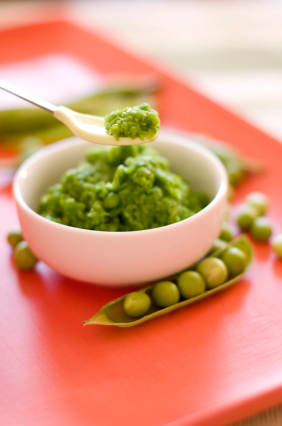There are 2 ways in which you can know if the egg you're about to eat is fresh or old!
ONE
Place the egg in an empty bowl and fill it up with cold/room temperature water such that it covers twice the egg's level.
>> A fresh egg will immediately sink to the bottom of the bowl
>> While an older egg would tend to float
Why? In a fresh egg, the air cells in it are very small, making the egg quite heavy compared to the water holding it. As for old eggs, more air enters the egg's shell as it ages. Therefore you could see that its curved end point touches the bottom of the bowl whereas its body points upwards. If this is the case, then the egg is fine to consume. However, if the egg you're experimenting on floats completely - no tip is touching the bottom of your bowl, well then, it's time to toss it out!
>> While an older egg would tend to float
Why? In a fresh egg, the air cells in it are very small, making the egg quite heavy compared to the water holding it. As for old eggs, more air enters the egg's shell as it ages. Therefore you could see that its curved end point touches the bottom of the bowl whereas its body points upwards. If this is the case, then the egg is fine to consume. However, if the egg you're experimenting on floats completely - no tip is touching the bottom of your bowl, well then, it's time to toss it out!
TWO
Bring that egg of yours and crack it on a plate!
>> A fresh egg with have thick cloudy colored whites, compacted firmly and close to a well leveled yolk
>> An older egg will have a less thicker & more transparent color for the whites with flat leveled yolks that could easily break
>> An older egg will have a less thicker & more transparent color for the whites with flat leveled yolks that could easily break
Why? Carbon dioxide (CO2) which makes egg whites cloudy and firm is present when the egg is freshly laid. As the egg loses its freshness with time, the CO2 escapes the shell thus egg whites become less thick, more transparent in color and tend to break easily from the yolk than fresh eggs would.
So now you can experiment!
For many more cartoons, please visit Randy's site @ www.glasbergen.com.



















